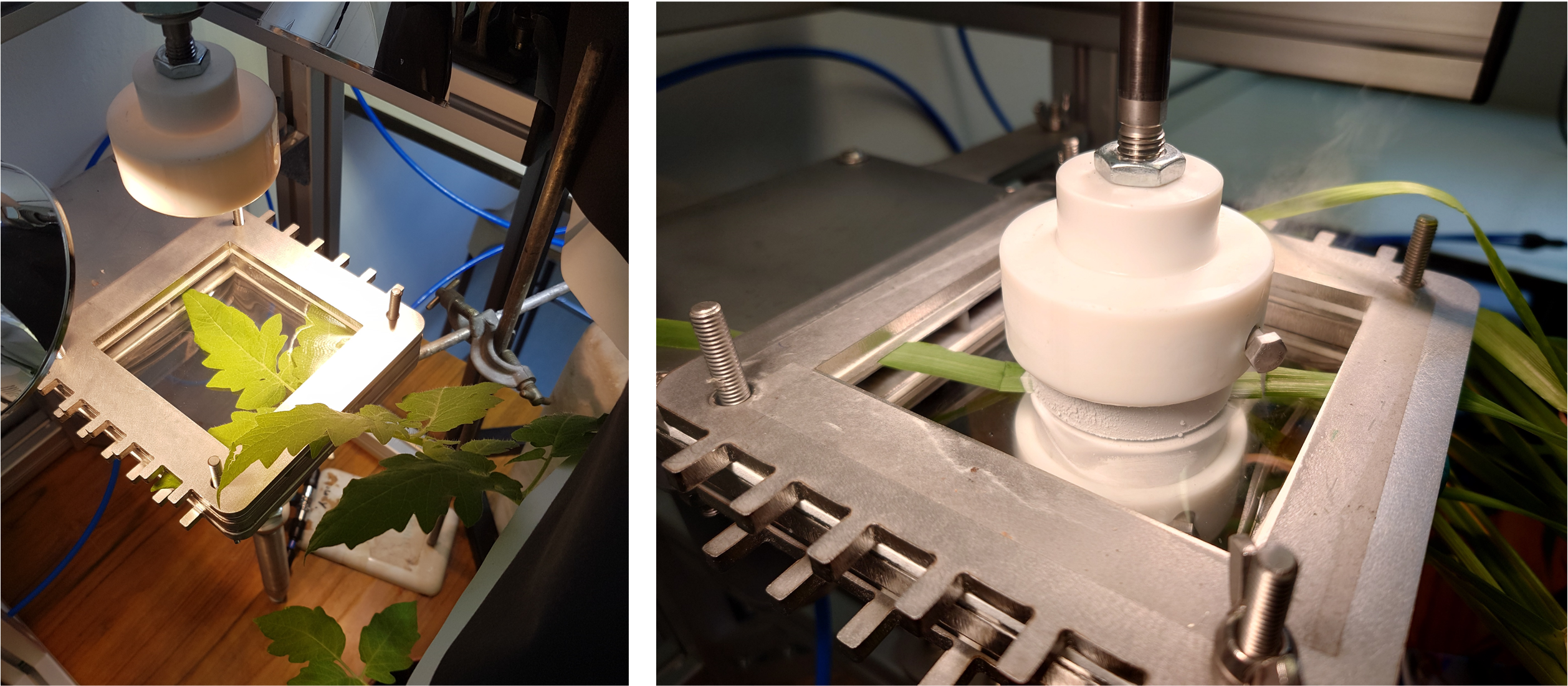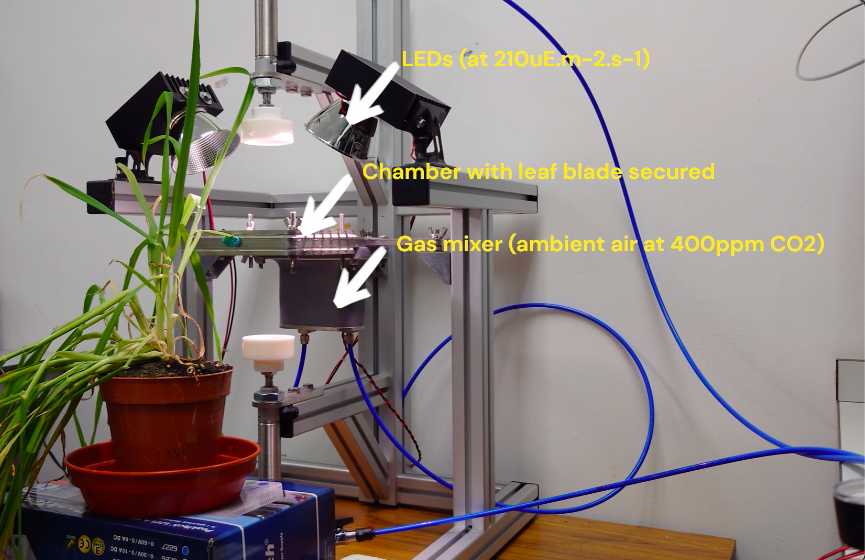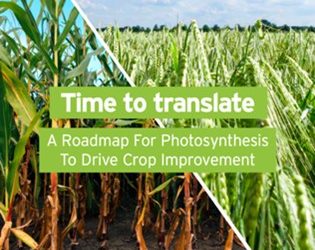Dive into the world of cutting-edge plant research in CAPITALISE project at University of Essex to see how we study our crops photosynthetic metabolism using a bespoke freeze clamp device.
Freezing and quenching leaf samples as quickly as possible is essential for accurate study of photosynthesis intermediate metabolites. This ensures we can stop metabolic processes immediately without changes in light or air quality, preventing the degradation of fast turn-over metabolites. It helps to maintain data accuracy and ensure experimental reproducibility. The clamp allows us to freeze leaf material within a few milliseconds. This sampling method preserves the metabolites in their original state, allowing researchers to analyse the processes accurately. Watch our freeze clamp device in action here.
Why are we doing this and what do we do with this data?

Leaves of tomato (Solanum lycopersicum Money Maker – left) and barley (Hordeum vulgare Golden Promise – right) plants acclimating in the chamber (left) and after being clamped (right). The chamber is sealed with a delicate rubber gasket to prevent any damage to the leaves, and it incorporates transparent plastic films at the top and bottom to allow the passage of light. A gas pump is employed to maintain internal pressure, thereby preventing any infiltration from the external environment.



